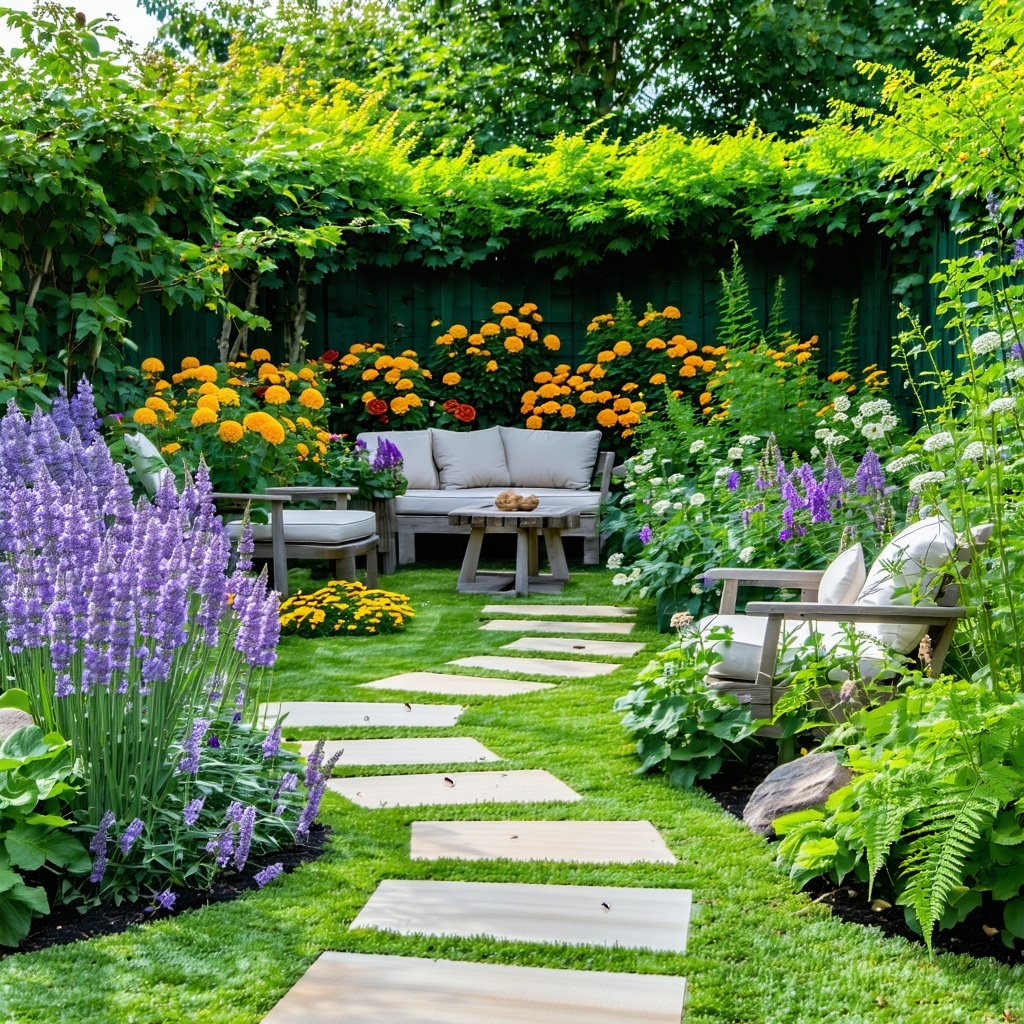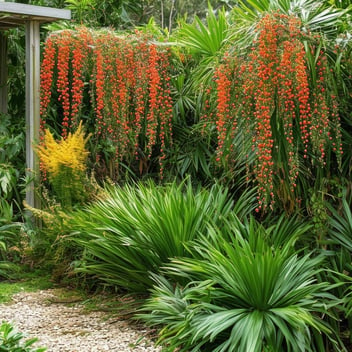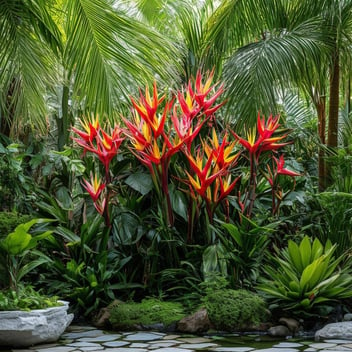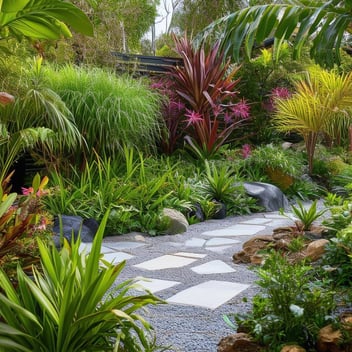Plant Selection: Crafting a Garden That Thrives
Introduction
Embarking on the journey of gardening is akin to painting on a living canvas. The choices you make in plant selection are the brushstrokes that define the beauty, resilience, and harmony of your outdoor space. This guide delves into the art and science of choosing the right plants, ensuring your garden not only survives but flourishes.
1. Understanding Your Garden's Environment
Sunlight Exposure
Begin by observing the sun's path across your garden. Identify areas of full sun, partial shade, and full shade. This knowledge is crucial, as plants have varying light requirements. For instance, sun-loving plants like lavender and tomatoes thrive in full sun, while ferns and hostas prefer the cool embrace of shade .
Soil Composition
Examine your soil's texture and pH. Is it sandy, clayey, or loamy? Most plants prefer loamy soil with a neutral pH, but some, like blueberries, flourish in acidic conditions. Conduct a soil test to determine its characteristics and amend it accordingly to suit your chosen plants.
Microclimates
Recognize microclimates within your garden—areas where conditions differ from the general climate due to factors like wind patterns, elevation, or nearby structures. These nuances can influence plant health and should guide your selection process.
2. Defining Your Garden's Purpose
Functional Goals
Determine the primary function of your garden. Are you aiming for a tranquil retreat, a space for entertaining, or a productive vegetable patch? Your objectives will influence plant choices, layout, and maintenance requirements.
Aesthetic Preferences
Consider the visual impact you desire. Do you envision a cottage-style garden bursting with color, a minimalist modern landscape, or a native plant haven? Your aesthetic preferences will guide the selection of plant species, colors, and textures.
3. Selecting Plants Suited to Your Conditions
Native and Adapted Species
Opt for native plants or those well-adapted to your region's climate. These species are typically more resilient, require less maintenance, and support local ecosystems. For example, incorporating native flowering plants can attract pollinators and enhance biodiversity.
Seasonal Interest
Choose a mix of plants that offer visual interest throughout the year. Combine spring bulbs, summer perennials, autumn foliage, and winter evergreens to ensure your garden remains vibrant across seasons.
Growth Habits and Maintenance
Understand the growth habits of your chosen plants. Consider their mature size, spread, and maintenance needs. This foresight prevents overcrowding and reduces the need for excessive pruning or interventions.
4. Designing for Cohesion and Balance
Layering and Structure
Implement a layered approach by arranging plants of varying heights—tall trees and shrubs at the back, medium-sized plants in the middle, and groundcovers at the front. This technique adds depth and visual interest to your garden.
Color and Texture Harmony
Select plants with complementary colors and textures. Harmonious combinations create a cohesive look, while contrasting elements can add excitement and focal points.
Repetition and Rhythm
Repeat certain plants or colors throughout the garden to create rhythm and unity. This repetition guides the eye and fosters a sense of continuity.
5. Incorporating Edible and Functional Plants
Edible Landscaping
Integrate edible plants like herbs, vegetables, and fruit-bearing shrubs into your ornamental garden. This approach, known as edible landscaping, combines beauty with functionality, providing fresh produce and aesthetic appeal.
Companion Planting
Employ companion planting techniques to enhance plant health and deter pests. For instance, planting basil near tomatoes can improve flavor and repel insects.
6. Planning for Sustainability and Resilience
Water-Wise Gardening
Choose drought-tolerant plants and implement water-saving practices like mulching and drip irrigation. This strategy conserves water and ensures your garden remains lush during dry spells.
Pest and Disease Resistance
Select plant varieties known for their resistance to common pests and diseases. Healthy plants reduce the need for chemical interventions and promote a balanced ecosystem.
Wildlife Support
Incorporate plants that provide food and habitat for local wildlife. Native flowering plants, for example, can attract pollinators and support biodiversity.
7. Continuous Learning and Adaptation
Observation and Adjustment
Regularly observe your garden's performance and be prepared to make adjustments. Plants may outgrow their space, or certain combinations might not work as envisioned. Flexibility and ongoing learning are key to a thriving garden.
Community Engagement
Engage with local gardening communities, attend workshops, and consult regional plant guides. Sharing experiences and knowledge can provide valuable insights and inspiration.
Conclusion
Plant selection is a dynamic and rewarding aspect of gardening. By understanding your environment, defining your goals, and making informed choices, you lay the foundation for a garden that is both beautiful and sustainable. Embrace the journey, and let your garden evolve into a reflection of your vision and care.




